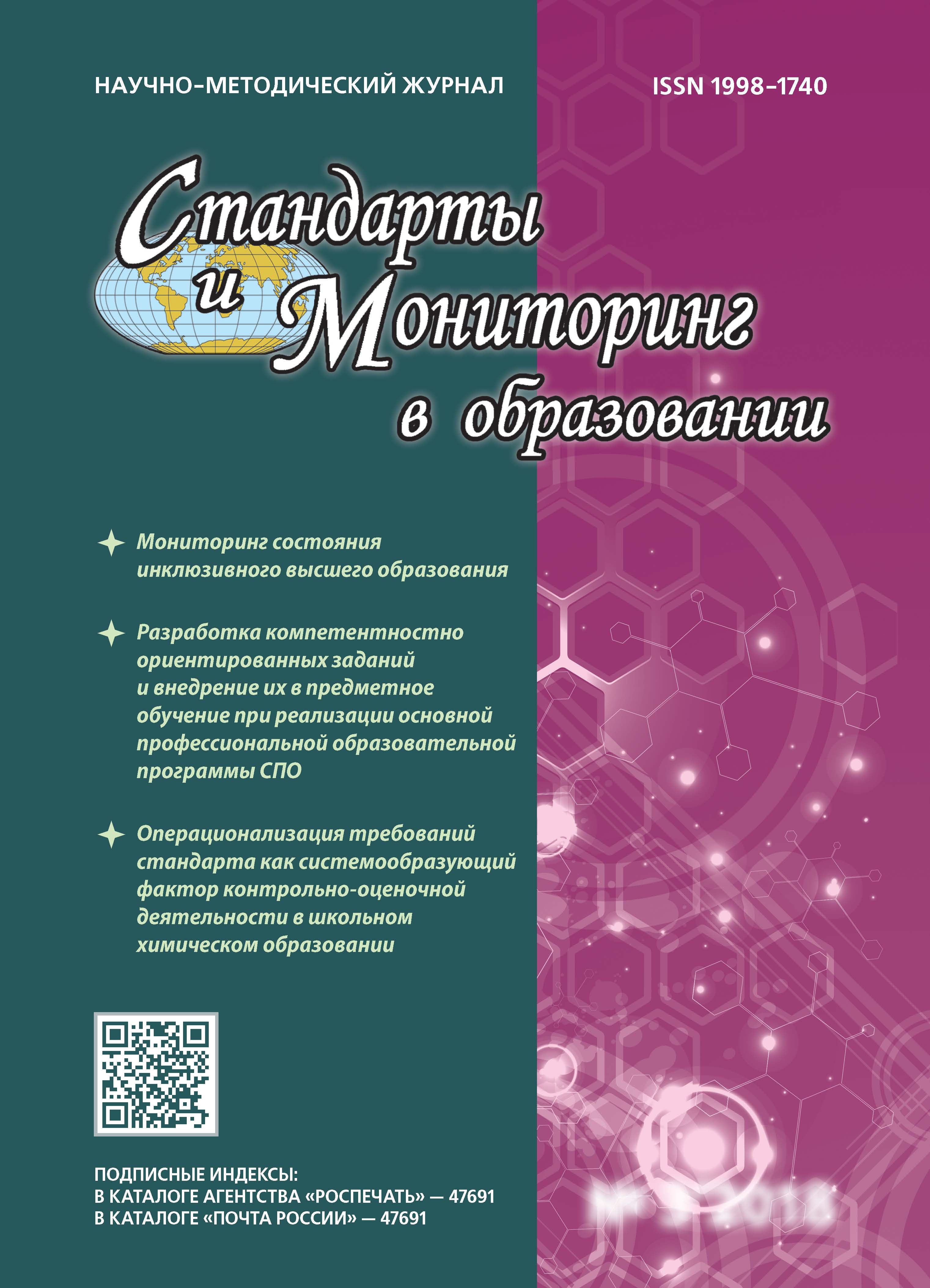Smolensk, Smolensk, Russian Federation
The article presents the information on the research in the framework of the regional innovation platform “Development of a common legal educational space in the educational innovation cluster”. The article shows a model of a cluster as a form of networking to address common challenges such educational organizations as: kindergarten, secondary school and continuing education Centre of the city of Smolensk; it examines the conditions for the development of a common legal education area; stresses the importance of social partnership departmental and interdepartmental structures. This paper describes the principle of cyclicality as the basis for the construction of a continuous management process, notes the importance of research for the development and generalization of the information-methodical management experience development of single legal educational space on a scientifi c basis, emphasizes the role of monitoring to evaluate the eff ectiveness of the innovation project.
management, monitoring, legal, educational space, development resources, innovative educational cluster, the participants of educational relations.
Инновационный проект «Развитие единого правового образовательного пространства в инновационном образовательном кластере» представляет собой сложную систему, состоящую из взаимодействующих компонентов, и обеспечивается:
выработкой единой стратегии;
созданием инновационной модели;
формированием ресурсов развития образовательного пространства;
разработкой мониторинговых исследований данного объекта;
реализацией принципов и функций управления.
1. Tret’yakov P.I. Region: upravlenie obrazovaniem po rezul’tatam. Teoriya i praktika [Region: management of education by results. Theory and practice]. Moscow, Novaya shkola Publ., 2001. 880 p.
2. Tuberozova M.V. Resursy razvitiya edinogo pravovogo obrazovatel’nogo prostranstva [Resources of the development of a single legal educational space]. Vestnik Mezhdunarodnogo yuridicheskogo institute [Bulletin of the International Law Institute]. 2016, I. 3 (58), pp. 90-100.






